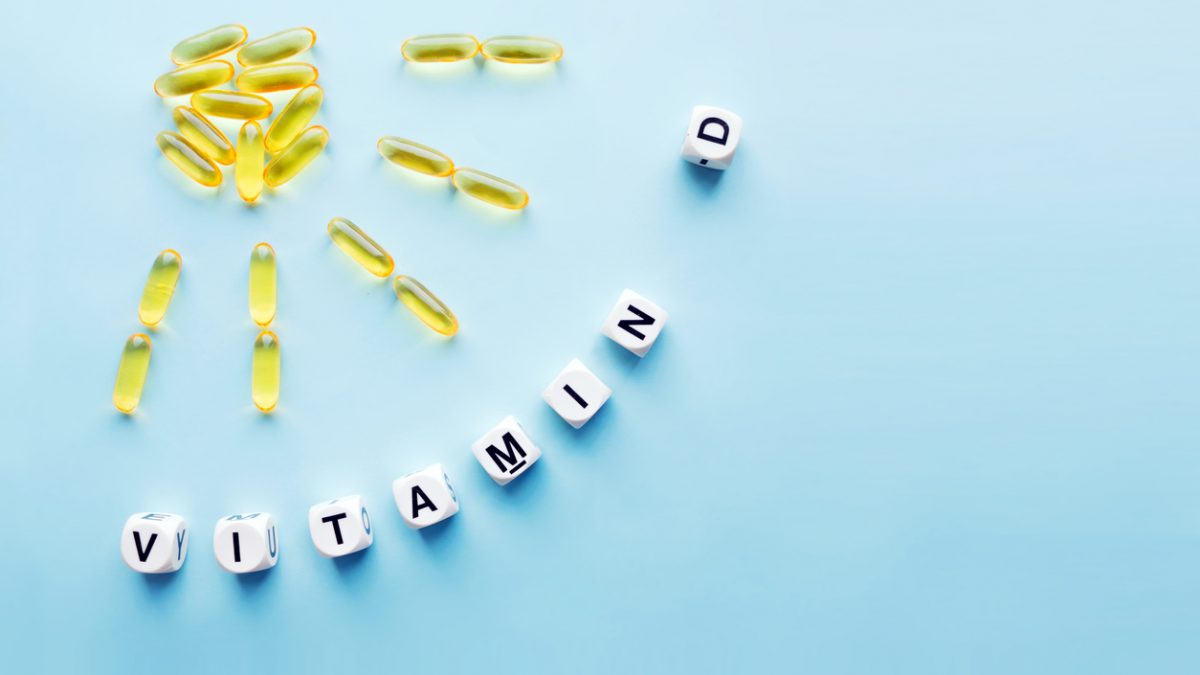Many people keep on asking that what’s the difference between vitamin D1 and D3. There are many differences, but the important thing to understand is that vitamin D is one of the many beneficial vitamins that support your body’s health. One should consume it through natural resources and in the form of supplements if the natural sources do not suffice one’s dietary needs.
First, we will answer the question many people wonder about and then mention the uses of Vitamin D.
The D vitamins are fat-soluble. They help in the absorption of calcium. In extension, they help bone growth and boost the immune functions of the body. The major classification of vitamin D has been done into two types of vitamins, i.e Vitamin D2 and D3. However, a researcher from Germany had classified it into three forms; D1, D2 and D3. Since vitamin D1 was discovered to be a compound comprising several other mixed compounds and not entirely a vitamin D product, the classification system was soon disregarded. Today, most products either come with D2 or D3 labels, but if a product claims that it contains Vitamin D, it most probably refers to D2.
The Role of Vitamin D
Vitamin D has numerous functions. It is, however, particularly associated with bone health. It is also regarded as an important entity in helping the absorption of minerals like calcium and magnesium. The research, in the present times, has further revealed the useful service that vitamin D does for the human body. It supports in strengthening the immune system of the body. In addition to that, it regulates cell growth and promotes cardiovascular health. It also ensures the normal functioning of neuromuscular systems. Vitamin D is particularly important for athletes who want to build up strong muscles and reduce their body fat.
The different vitamins, D2 and D3, are also linked to the recovery of several biological conditions. Vitamin D2 is especially recommended to treat Vitamin D resistant Rickets, hypophosphatemia and hyperparathyroidism. In hyperparathyroidism, the parathyroid hormone secretion is reduced.
Vitamin D3 is used for treating similar conditions that are specifically related to bones.
Testosterone Levels and Vitamin D
Testosterone is a sex hormone. It is a necessary hormone for both men and women. However, in men, it is required more. Testosterone governs sex drive in men. It also helps to balance the bone mass and is responsible for the distribution of fat in muscle mass and strength. The production of red blood cells and sperms in men are also duties that testosterone takes charge of.
Men often produce less testosterone as they age, and as a result, they have less estradiol.
Thus, changes commonly attributed to testosterone deficiency may be due to the corresponding decline in estradiol. Recently, researchers have discovered that vitamin D might be able to increase testosterone levels.
What Is the Relationship Between Vitamin D and Testosterone Levels?
Vitamin D deficiency and low testosterone levels have the same symptoms. The deficiency of any of these causes erectile issues. Moreover, sad moods and decreased sex drive are observed in people who do not have normal vitamin D.
Among other symptoms, fatigue and compromised health of bones are included.
Hence, these symptoms and other experiments have led researchers to believe that testosterone levels can be improved if enough vitamin D is consumed.
Sources of Vitamin D
Vitamin D is present in some foods naturally. But it is present in trace amounts, and most people rely on supplements to get enough vitamin D as their nutritional requirement. Fatty fish, like tuna, mackerel, and salmon, contain vitamin D. Similarly, beef liver, cheese, and egg yolks also contain vitamin D.
Because it is difficult to eat enough vitamin D through food, most people find that taking a supplement is the best way to get enough.
Vitamin D supplements are classified as vitamin D2 (“ergocalciferol” or pre-vitamin D) or vitamin D3 (“cholecalciferol”). Both are naturally occurring forms, produced in the presence of ultraviolet-B (UVB) rays from the sun, hence its nickname “the sunshine vitamin.”
One difference between the two is that D2 is produced in plants and fungi, whereas animals’ and humans’ body is the place of production of D3.
Recommended Amounts
In healthy people, the Recommended Dietary Allowance for vitamin D provides the daily amount required to maintain healthy bones and normal calcium metabolism.
It is based on a low level of sun exposure.
RDA: The Recommended Dietary Allowance for adults 19 and older is 600 IU daily for men and women and 800 IU daily for adults over 70.
The Tolerable Upper Intake Level (UL) is a high daily intake which is unlikely to harm health.
For adults and kids aged 9 and up, the UL for vitamin D is 4,000 IU.
The prescription could change for people if they suffer from conditions like osteoporosis.
Conclusion
Vitamin D is helpful in the normal functioning of our body. Many researchers claim that Vitamin D can increase the levels of testosterone. However, some experiments have also shown contrary results.
